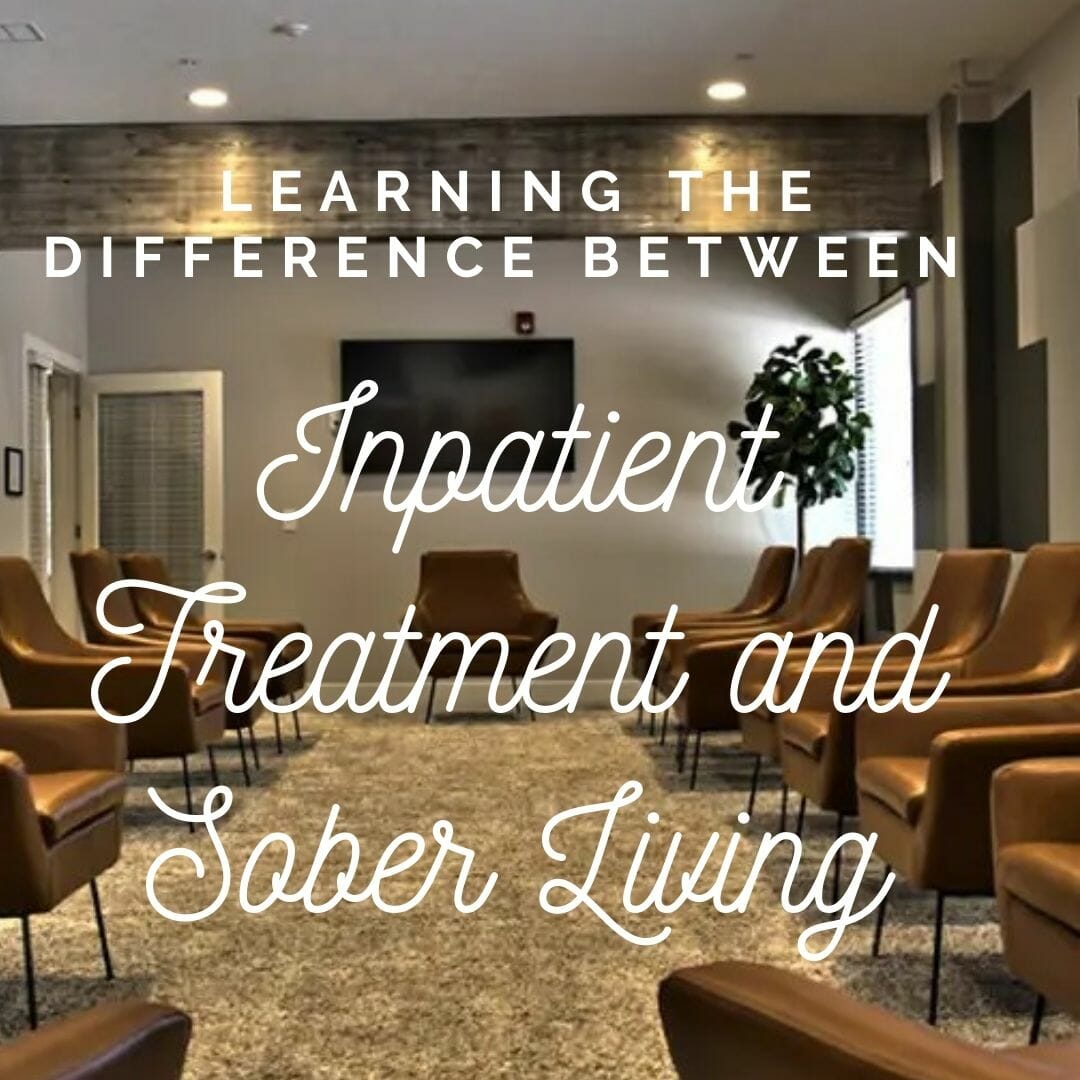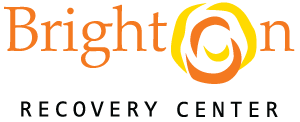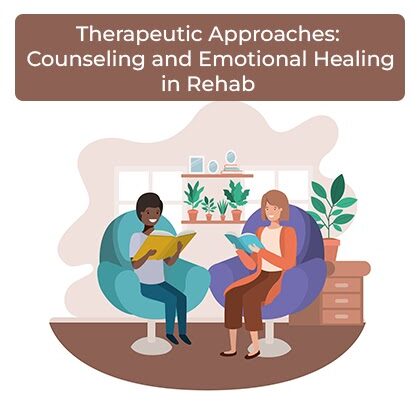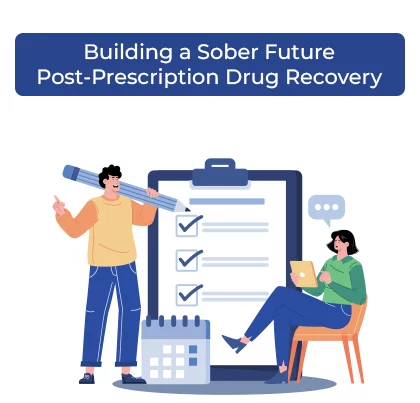Learning the Difference Between Inpatient Treatment and Sober Living

Inpatient treatment and sober living are often correlated with each other, but there are distinct differences between the two different phases of recovery. Different kinds of modalities will work better for different people, and knowing the differences in someone’s options can not just help them find the kind of recovery that works best for them, but can also open them up to the idea of addiction recovery in the first place. Each person’s journey through recovery will look different, and it is important that each person is aware of the various options available to them and how each different aspect will impact their lives.
Inpatient Treatment
Inpatient treatment is a time when someone is admitted to directly confront their addiction and the withdrawal symptoms that come with beginning the recovery process. Inpatient treatment is highly curated, with constant supervision for medical or psychological hurdles that someone may have to cope with during the beginning phases of their sobriety. Not only are there constant medical examinations to note the various physical or mental effects that someone may be experiencing, there is also strong use of individual or group therapy that can help someone begin to realize the roots of the issues that caused addiction in the first place. Inpatient treatment is a way for someone to confront their addiction directly, and gives them a safe space in which to begin to address the vulnerabilities that they may be feeling with the support of professionals constantly available. These programs often last a set amount of time, between one and three months, and are dedicated to addressing the clinical side of one’s treatment. While some programs will begin to include coping strategies for use in their daily lives, others will stay more clinical and instead provide tips for someone to successfully incorporate recovery programs in their daily lives. These recovery programs, such as AA meetings, group therapy, or other recovery practices and individualized therapeutic techniques can be included or not, depending on the individual program. However, someone who has difficulty participating in these group activities may find the direct clinical approach more fitting for their needs at a difficult time.
Sober Living Homes
Sober living homes, or halfway houses, still hold structure for recovery and allow for more freedom. Those who enter sober living have already successfully detoxed themselves and are looking for a way to structure their new lives outside of addiction while retaining some agency over their day-to-day routines. There are typically multiple people in recovery sharing living spaces in a sober home, and each person is encouraged to support each other through this transition time and create their community of understanding and support. Sober homes have a zero-tolerance policy for drugs or alcohol, and usage of drugs or alcohol may result in someone being kicked out of the sober living home in order to protect its other occupants from the triggers and temptations that they may bring.
There is still a good degree of structure for someone living in a sober home, as there can be curfews at night and responsibilities for each person to maintain and clean the living space for all involved. Chores and responsibilities are common, and there may also be mandatory meetings to help each person continue to develop their coping strategies and support each other through hard times. However, sober homes do come with their freedoms as well. Occupants are permitted to come and go as they please, aside from any potential curfews in place, and are trusted with their ability to handle the triggers of the “real world” that they may be operating in. This also allows them to live in a supportive, sober environment while they establish themselves in going back to school or at a new job.
Determining the right path for each person will be a trial on its own. Working alongside professionals can help each person determine if inpatient treatment or a sober living home is the right fit for them, or if they will need a different kind of treatment altogether, such as outpatient or a partial hospitalization program. However, knowing the options available to each person can help them be more open to exploring the various paths of recovery. Finding the right recovery for each person may take time. Still, it is essential to remain open to the opportunities available and optimistic about the potential of healthy, prolonged sobriety.
Brighton Recovery Center understands that each person will need a unique, individualized approach to their recovery and can work alongside you to develop a recovery plan that is most pertinent to you by utilizing techniques that will make the most impact and highlight one’s strengths while addressing their weaknesses in recovery. With an array of programs available that can all be personalized to fit your needs and goals in recovery, there are always new opportunities for you to take the next step towards your own sobriety. On a large, six-building campus, there are many different programs that can help each person find the right program for you or your loved one. The on-campus community center is also available to anyone using the facility and include opportunities for exercise, entertainment, access to a coffee shop and thrift store, which have positions available for those looking to get some practical work experience during their stay. If you or a loved one struggles with an addiction to drugs or alcohol and is looking to take your first step towards a healthy, sober life, contact us today at (844) 479-7035.



